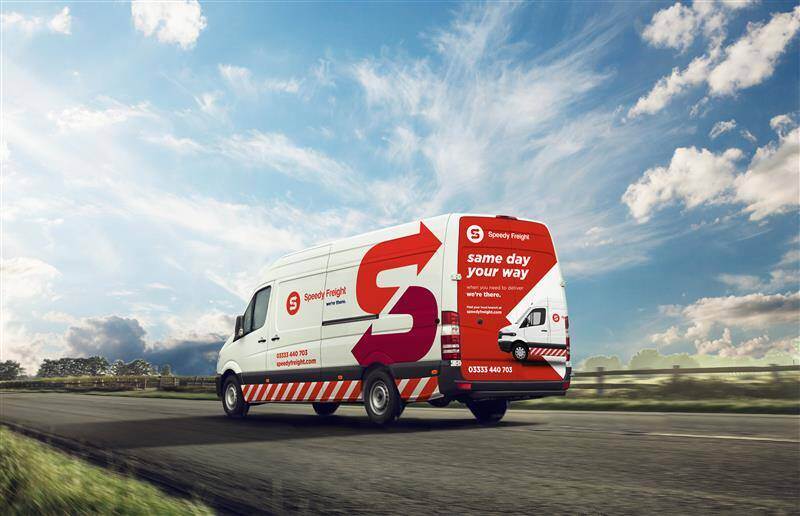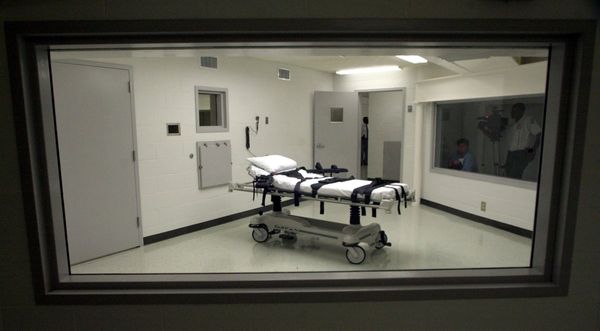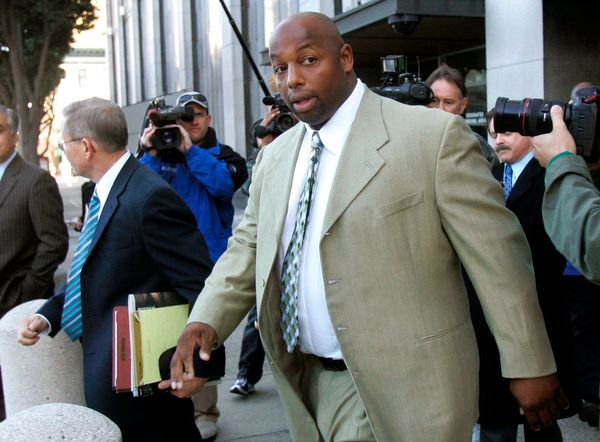
The circular economy is a model of production and consumption that reduces environmental impact by using sustainable practices. In this article we’ll take a long-term view of global trends starting by looking at how we’ve gotten to where we are now, and where things are heading. We’ll explain what exactly the circular economy is and how you can take part in it!
The Rise of The Linear Economy
To understand the circular economy, we must first understand the linear economy, which emerged during the Industrial Revolution in the late 18th century. Mass production allowed people for the first time, to access affordable goods, and as employment increased so did disposable incomes, creating demand for these products.
Over the next couple of centuries, this rising economic activity enabled major advancements in technology, medicine, and everyday conveniences, enhancing the quality of life and average life expectancy of people globally.
However, by the late 20th century, this demand had spiralled into a cycle of rapid consumption, with goods often purposely designed for short lifespans to encourage frequent purchases, generating significant waste. This approach, now known as the linear economy, depends on resources being mined, used, and then discarded to make way for new ones. But since the Earth's resources are finite, and accumulating waste poses its own challenges, this model has led to escalating environmental issues. Consequently, the need for a more sustainable model, like the circular economy, has become increasingly clear.
Environmentally Friendly Business Demand
Although some pioneering scientists and ecologists became aware of humanity's impact on the planet during the last century, it wasn’t until the past couple of decades that the full extent became clear and this knowledge reached mainstream awareness, prompting businesses to begin making changes. Many consumers are now pushing back—some by actively raising awareness, and many by choosing to vote with their wallets.
In other words, many consumers are beginning to make purchasing decisions that align with their values for sustainability and environmental care. They believe they have enough choice to avoid buying from businesses that are not environmentally friendly whilst still meeting all their want and needs. These consumers often prefer higher-quality products that are ethically sourced and manufactured in an environmentally friendly way, even if they have to pay more, because such products are built to last.
But it doesn’t just stop at a demand for ethically sourced products, there’s a whole new world of consumer behaviour and economic activity built around these values that continues to grow and grow—welcome to the circular economy!
What Is The Circular Economy?
The circular economy is a sustainable model of production and consumption. As the name suggests, it functions like a cycle, where resources flow back into the system rather than being discarded. Rather than being simply in or out, the circular economy is more like a spectrum of participation, with businesses increasingly adopting practices that align them more with this economic model—if you make any commitment to environmental practices, then you’re already a part of it!
Design
The circular economy begins with sustainable design. This involves creating products built for durability and longevity, so parts can be repaired or replaced instead of discarded. Sustainable and recycled materials are key. For example, some shoes are now designed using recycled ocean plastics.
Production
The next stage is production, which relies on sustainable energy sources and efficient methods to reduce raw material usage and environmental impact. Some businesses are opting for factories powered by 100% renewable energy sources
Distribution
After production comes distribution, where businesses collaborate with environmentally responsible logistics partners to transport and deliver goods sustainably. A key measure of this commitment is ISO 14001 accreditation, a globally recognised certification for carbon-neutral practices. Speedy Freight is a logistics business that holds this accreditation, allowing them to support circular economy practices by providing sustainable transportation solutions that help brands reach their customers with a reduced environmental impact.
Consumption
The consumption stage includes several core principles, including mindful purchasing, which involves researching products and companies to ensure they maintain high sustainability standards; reusing, which includes sharing, donating, and reselling used items; and repairing, where consumers replace parts—like components in electronics or patching tears in clothing. In fact, repair patches have even become a fashion statement and a badge of honour, representing a commitment to sustainability.
Collection
In a circular economy, the collection phase follows, focusing on gathering products and materials that can no longer be reused or repaired. Some companies offer take-back programs for old items like clothes or packaging that are no longer suitable to be used. These efforts often include incentives to encourage consumers to participate, keeping resources in use longer.
Waste Management
The next step is sustainable waste management, which aims to sort and process as much waste as possible in an environmentally responsible way, minimising residual waste, and recycling where possible.
Raw Materials
Finally, raw materials from the recycling process re-enter the cycle at the initial stage of sustainable design, closing the loop of the circular economy.
Outlook On The Circular Economy’s Future
Looking ahead, we can expect to see rapid development and infrastructure growth around the circular economy, with businesses making solid commitments to sustainability. We’re at a pivotal moment where preparation meets opportunity. While sustainable practices have been progressing for years, early adopters often faced high costs to implement them and were therefor appealing to only the most actively aware consumers who we’re willing to pay a high premium. Now, however, the industry is beginning to mature, making it financially viable to engage meaningfully with the circular economy, and in many ways environmental commitments are quickly becoming more of a consumer expectation than a niche positioning.
Not only is it rewarding to commit to sustainability, but with governments increasing regulations, offering incentives, and consumers becoming more eco-conscious, the time to act is now. It’s still early enough to make an impact and stand out in your industry while benefiting from a more accessible range of sustainable options and infrastructure.
Just as we looked back at how the industrial revolution was a pivotal moment that changed the trajectory of the whole globe, the same is happening now with the circular economy, often coined as part of the ‘green revolution’. If things keep going the way they’re going, when we look forward to the next century it is likely we will have completely curbed our environmental impact on the planet and redesigned our economy to be sustainable, with thanks for the closed loop of the circular economy.
How To Capitalise on The Circular Economy
Looking ahead into 2025 and beyond, now is the perfect time to consider reducing your environmental impact and increasing your participation in the circular economy. You can start by auditing your supply chain to identify opportunities for using sustainable and recycled materials, consider implementing a take-back program to allow customers to return used goods, and investigate investing in renewable energy. Any one of these steps can position your business at the forefront of the shift toward sustainability and separate you from your competition.
One of the simplest ways to commit to sustainable practices is by partnering with an environmentally friendly logistics company like Speedy Freight, who holds ISO 14001 accreditation, affirming their commitment to carbon neutrality and the environment.
However you choose to participate in the circular economy, the most important this is that you do participate in it both for the environment and your bottom line.







